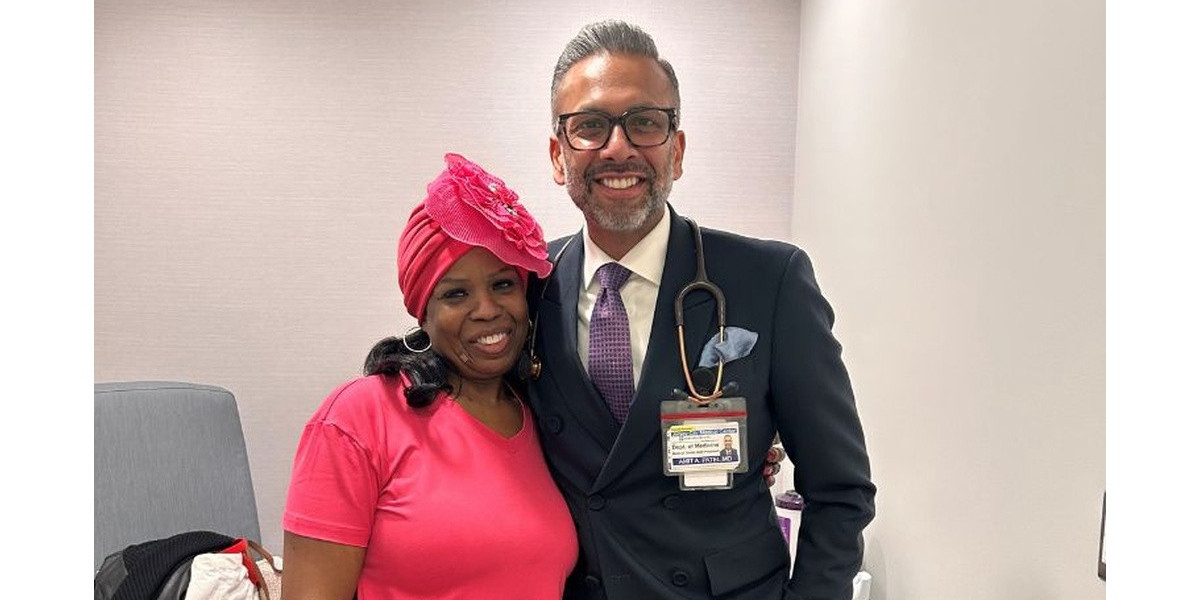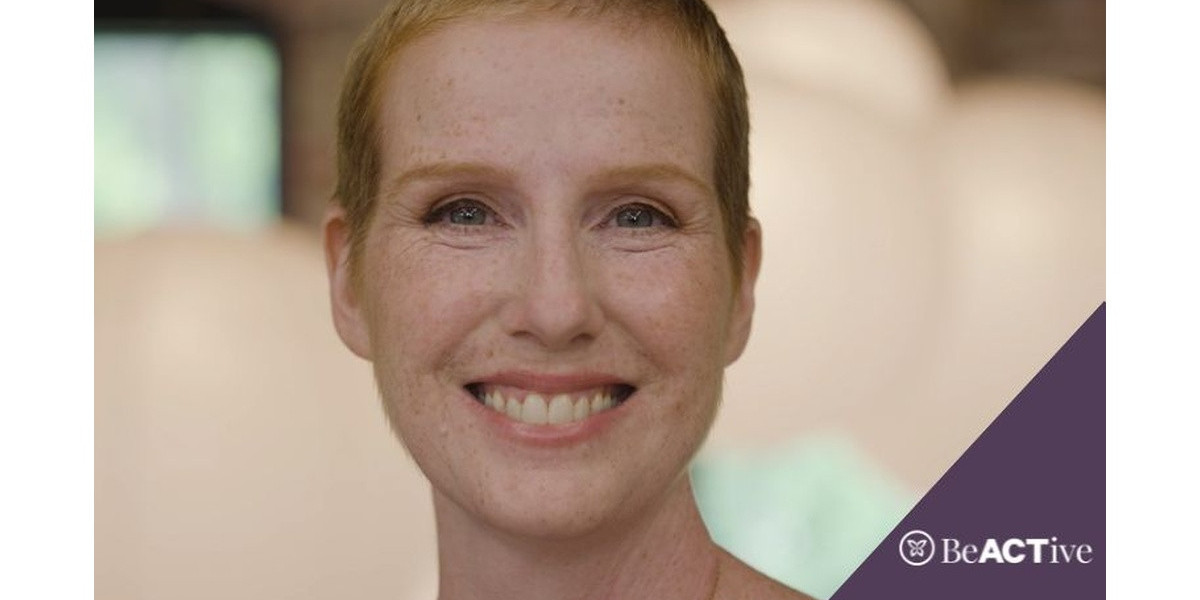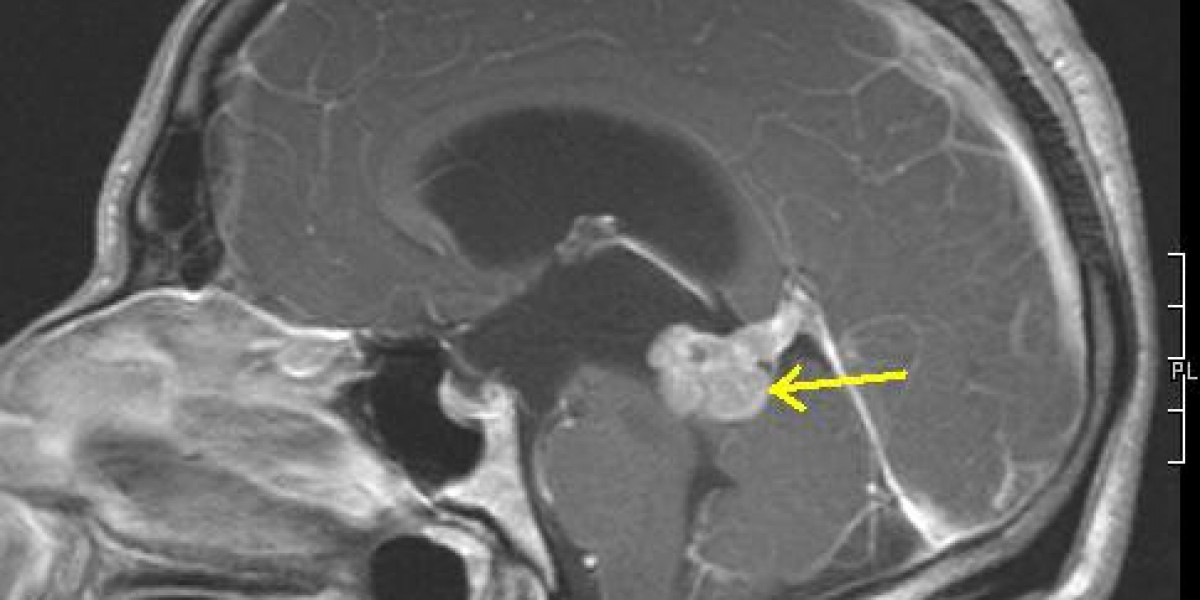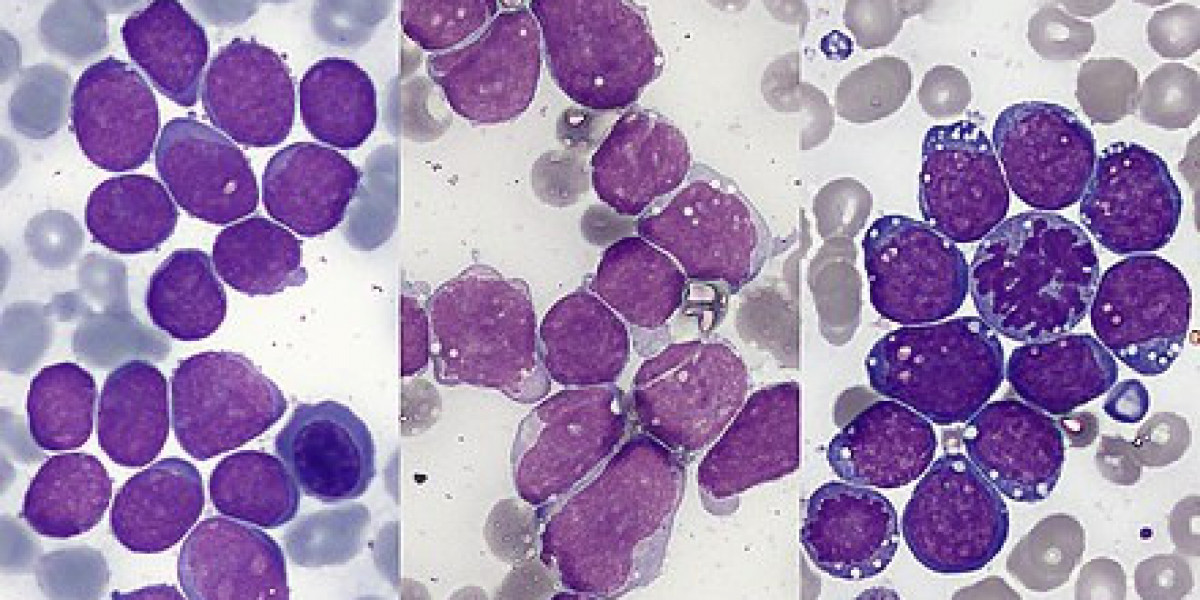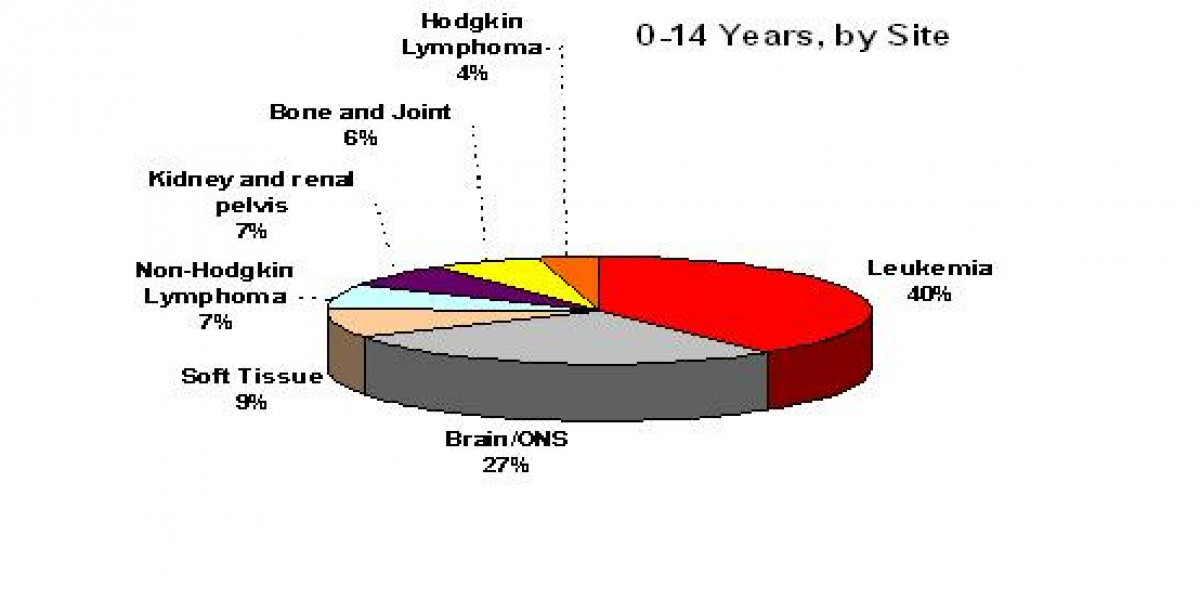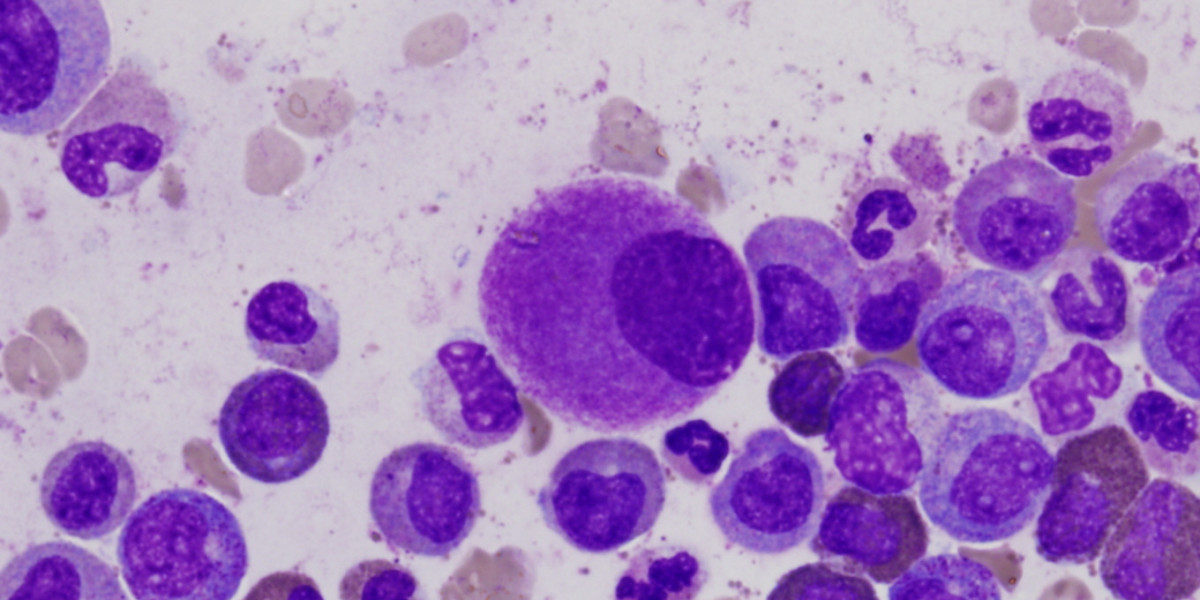Written By:
Matthew Romeo
You may have heard about “clinical trials” or “clinical research” from your doctor or read it in an article. The term, itself, is technical-sounding. Here’s more about what they actually mean – in “human terms” – in the cancer space, with examples from actual patient stories (scroll below).
Clinical trials are studies that are key to advancing scientific development. They offer researchers an opportunity to understand the potential impacts of new drugs and give patient’s access to medicine that may not have been available to them otherwise.
Clinical trials are a stage in medical research that tests the effectiveness of a treatment on human patients. TheFDAallows researchers to conduct clinical trials once a treatment has shown promise in animals. Clinical trials can be used to find treatments that are better at helping a medical condition, or to determine if a new type of treatment is safer than the current standard of care.
At the minimum, they provide a very comprehensive approach for how we treat patients because patients have to be under such great scrutiny, and there’s a whole team that supports how they conduct the clinical trial that patients have and get more attention than they would ever get in any other way.
Clinical trials test new interventions -meaning treatments like drugs, or other procedures- that have the potential to be more effective or safer than the current standard of treatment for a disease or condition. Researchers don’t yet know if the intervention used in a clinical trial works, and many treatments never make it past the clinical trial stage.
Without clinical trials, doctors would have no way of knowing if a better treatment exists for a disease. Clinical trials can result in new treatments or even cures for diseases that were previously considered terminal.
It’s important that patients understand that clinical trials aren’t a magic bullet — ultimately,only a small percentageof drugs in clinical trials will receive FDA approval.
The keyword is “pursuing” because we don’t know whenever you’re testing something new. You hope it works.You don’t know if it will, and you don’t know if it potentially could also be more toxic.
When you elect to participate in a clinical trial, you will have the risks of the trial explained to you. Potential risks include uncomfortable treatment, treatment that is not better than the current standard of care, and the fact that you may end up in a control group (group that does not receive the experimental treatment, instead receiving a placebo or typical existing treatment).
In the past, clinical trials were sometimes unsafe and unethical. Now, clinical trials must adhere to very strict standards that protect patients. In 1978, the National Commission for the Protection of Human Subjects of Biomedical and Behavioral Research createdThe Belmont Report, a set of fundamental ethical principles and guidelines that assist researchers in resolving ethical principles when conducting research involving human subjects.
Modern-day clinical trials require explicit consent from the patient. Doctors will never involve you in a clinical trial without your consent, and you are allowed to end your participation in a clinical trial at any time.
We as physicians are trained to help them make that decision. My job is to help them make a decision that they will be comfortable with and that there won’t be any regrets later on…
Clinical trials must also adhere to strict schedules. While this may mean your appointments are longer or not as flexible, it also means that you will know exactly when and for how long you are receiving treatment.
There’s a high degree of rigor. We can’t just go around and say, “Oh, I’m going to see you next week instead of this week.” If the clinical trial says something, we try to adhere to that as much as possible so that we have the high quality and the consistency of the data. You would know about it.
Clinical trials can go through up to four rigorous phases of testing to ensure that they are safe for the general population. Only about 33% of all clinical trial drugs make it through Phase II.
Phase I trials test drugs that often have never been administered to humans. The purpose of a Phase I trial is to determine whether the new intervention has the potential to help more than harm. Researchers use Phase I clinical trials to find out what a safe human dosage is.
Study groups in Phase I trials are usually very small. Participants are closely monitored for side effects. Phase I trials are not testing the effectiveness of a treatment — they are primarily focused on how safe the treatment is for humans.
Interventions move on to a Phase II trial when they are determined to be safe in Phase I. The goal of a Phase II clinical trial is to see if the drug is effective at treating the target disease in humans.
Like Phase I trials, Phase II trials do not use placebos. Instead, participants either all receive the same dose, or receive a range of doses that researchers determined safe in Phase I in order to determine the optimal effective dose. Because more people are involved in Phase II trials, researchers will likely see side effects that did not occur in Phase I.
If a drug shows promise in a Phase II clinical trial, it moves on to Phase III. Phase III trials test whether a drug or treatment is better than the current standard of care. For example, a new type of chemo might effectively kill cancer cells in Phase II — but does that mean it works better than the drug that is already used to treat that type of cancer?
Let’s say you take Drug A, and A is the standard of care. But, we think adding drug B might be good. If you do a Phase III trial, a frequent way of doing it is that everyone is going to get Drug A. That’s the standard of care… But then by a flip of a coin, we’re going to have half of the patients take Drug B, and the other half will take A. Patients know this. It has to be a very explicit discussion.
Placebos are used in Phase III trials, but patients are not given an inactive treatment if a treatment that already works for the disease exists. Phase III trials are often very large, taking place concurrently at medical facilities across the country or world.
Phase III clinical trials are often the last step before new drugs are submitted for FDA approval. After a Phase III trial, drugmakers will submit a new drug application (or NDA) to the FDA. The FDA can then accept the application, or return it with a request for further study.
Once a drug is approved by the FDA, it may enter a Phase IV trial. Phase IV clinical trials look at the effects of treatments over a longer period of time, often several years. Drugs in Phase IV trials have already been proven safe and effective — there is little risk to the patient in a Phase IV trial. Instead, the point of Phase IV trials is to help researchers know more about the long-term effectiveness and side effects of the treatment.
And for those who participate in trials, thank you. It is only because of those trials that we’re able to advance the science.
Note:Several quotes from this article come from The Patient Story’s interview with Dr. Raphael Fonseca, a practicing hematologist and myeloma specialist with over three decades of experience. To watch the interview click below.
According to the FDA, “Over the past three decades, Congress has established five programs aimed at expediting patient access to important drugs that treat serious or life-threatening conditions.”
These five programs are:
If a drug or therapy has one of these designations, it could mean that the FDA likely sees that it has the potential to fill a need.It can be helpful to search these designations for new and upcoming treatments that could meet your specific needs.
What Is a Clinical Trial Really?
There are so many myths surrounding clinical trials. To bring some clarity to an often confusing, myth-riddled topic, The Patient Story and The Leukemia & Lymphoma Society (LLS) have teamed up to discuss what a clinical trial is, the phases of a clinical trial and how to figure out the logistics of paperwork, tests/scans and finances.
Learn about cancer patient’s experiences with enrolling and participating in clinical trials from real-life patients.
Discover medical professionals and experts thoughts and opinions on clinical trials.
Originally published on The Patient Story: https://thepatientstory.com/clinical-trials/


